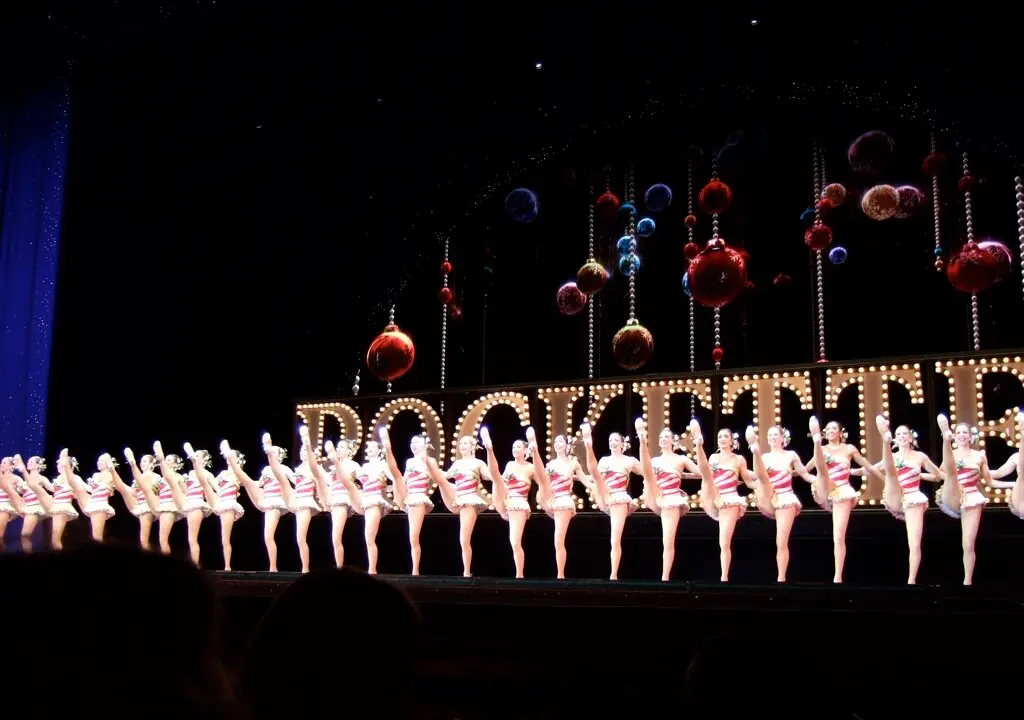Earle F. Zeigler, a founder of the North American Society of Sport Management, once wrote that “from antiquity we know that ‘hero’ was the name given to a man of ‘superhuman strength, courage, or ability, favoured by the gods; regarded later as demigod and immortal.’” He further defined a cultural hero as “a mythicized historical figure who embodies the aspirations or ideals of a society.” In his essay “Babe Ruth or Lou Gehrig: A United States Dilemma,” Zeigler concluded that if America did have a cultural hero, it was not Babe Ruth, but rather Lou Gehrig.
The Gift Is Gone
In late June 1939, America was dumbfounded at the news that Lou Gehrig―baseball’s Iron Horse―was retiring. The New York Yankees announced that July 4 would be “Lou Gehrig Appreciation Day.” Gehrig had become a national icon, a hero. The Fourth of July is meant for celebrating national heroes, but this year it was a day of mourning. Gehrig was not simply retiring; he was dying.Gehrig stood at home plate. His feet close together at the corner of the chalked box, his doffed cap tucked under his right arm. His eyes focused on the ground, only poking his head up every so often to glance at the speaker or receive a gift. For the previous 16 years, Gehrig had made home plate his home. It was where his strength captivated audiences. Now, they were captivated by the tragedy that his strength had vanished.






